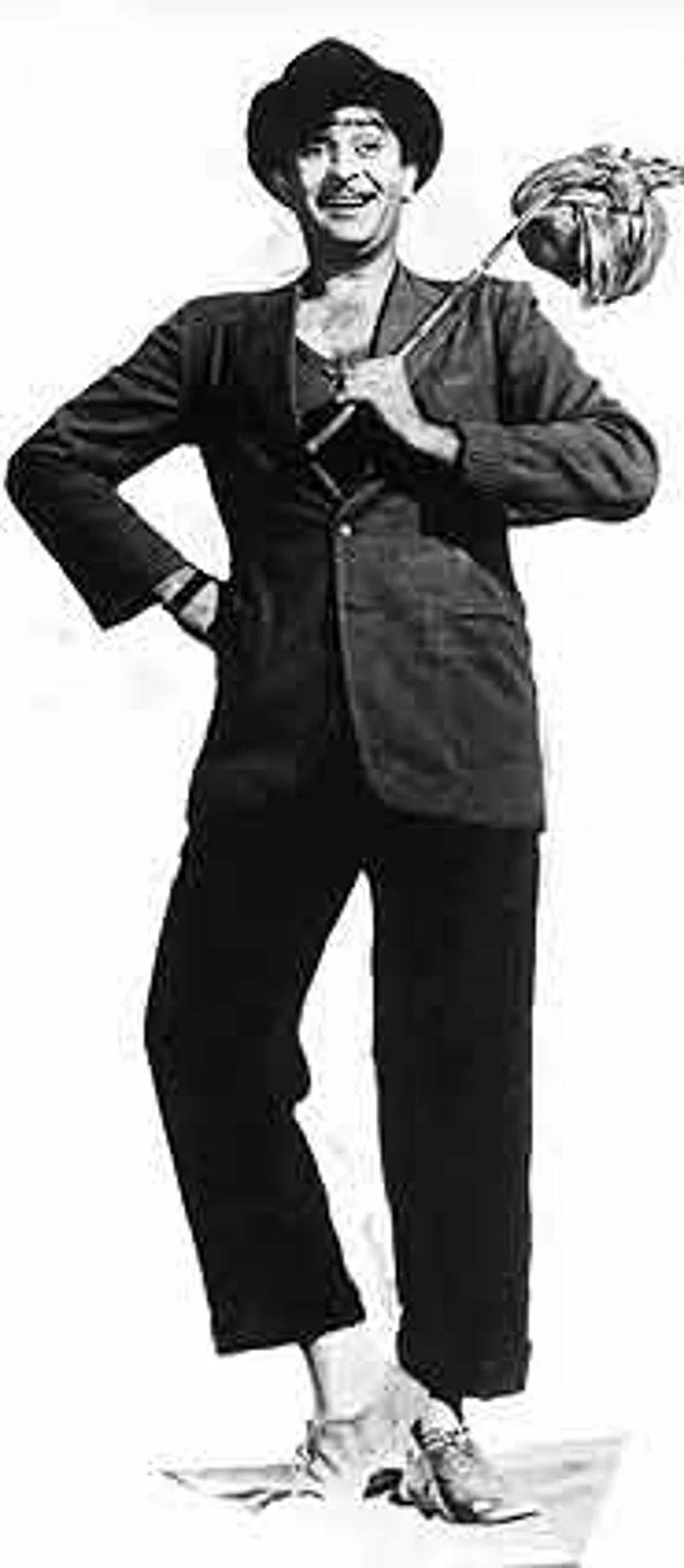Artists are not known by their families, but the contribution they make to their chosen sphere. I have nohesitation in saying that the Kapoor clan has not only given the film industry many famous artists but alsogiven us many outstanding films for which they shall always be remembered.
The Kapoors were a well-established Pathan family in Peshawar (now in Pakistan) and generally people didnot take the Pathans seriously when it came to films or the arts. Which is why when the son Police subinspector Dewan Basheshwarnath Kapoor from Peshawar came to Bombay to try his luck, Baburao the editor of thethen well-known film magazine Film India wrote: 'There is no place for those Pathans who think they'dbecome actors here".
The real Pathan took up the challenge and said, "Baburao don't challenge this Pathan. If there is no place for me in Indian films, I'd cross the seven seas and go to Hollywood and become an actorthere." History is witness that this Pathan did not have to go to Hollywood and he made a name forhimself here as Prithviraj Kapoor. Is there anybody who can forget the role of Akbar he played in Mughal-eAzam? And why just Mughal-e Azam, there's a long list of such films through which Prithviraj Kapoor,with his absolutely unique voice, dialogue-delivery and acting, made a special place for himself in Indiancinema.
The Kapoor clan will also be remembered in Hindi cinema because this is the only family which is connectedwith films for five successive generations. When Prithiviraj's son Raj Kapoor made Aawara, hisgrandfather Bashehwarnath Kapoor too, was seen in a short role. Apart from Raj Kapoor, his brothersShamsherraj (Shammi Kapoor) and Baldevraj (Shashi Kapoor) were not only stars in their times, but theirchildren too earned a lot of fame. After the colourfully successful innings by Raj Kapoor's sons Rishi andRandhir, now Randhir's daughters Karisma and Kareena too are carrying their family tradition forward. Thesedaughters are thus the fifth generation in the film industry and I hope that this tradition will continue.
Prithvirajji's son Raj Kapoor and I were roughly the same age-group. He was born in Peshawar but did notstudy there. He studied in Peshawar for some time, and then went to Calcutta and then finally came to Mumbai.I think that Raj was the one who contributed the most to cinema, out of the entire family. He left studiesmidway and trained for five years in film direction. He acted as an assistant to a lot of well-knowndirectors, which is why his grip on cinema was more than that of a mere actor. Which is why compared to othersin the Kapoor clan, his contribution is most significant.
Perhaps not many people know that in this period, Raj studied in depth all aspects of film-making, from thelighting on the sets and sound effects to music and direction. This knowledge is clearly reflected in allthose films which were appreciated not just by the critics but the general public at large. The Prithvitheatre too played an important part in bringing out the best of Raj's talents. In 1944, Raj began learningthe 'backstage' tricks from his father the effect of which was visible in Raj's film career. In the Prithviproduction of Shakuntala he remained an assistant, but in the next play, Deewar, he got anopportunity to appear on the stage in a short role. And then came the famous production of Pathan,where his important and forceful portrayal of Bahadur Khan paved the way for his entree into the filmworld.

As far as I can remember, Raj began his career with Kedar Sharma's Neel Kamal. This was followed bymany small films but Raj wanted to do something else. And it is this something else which led to the birth ofR. K. Films and the production of the first film under its banner, Aag.It did not do too well butcertainly established Raj as a good film-maker. After a year or so, he directed and produced Barsaatwith himself in the main lead. This was a superhit on the box-office. The thrust it gave to Raj's career wasthe stuff of fantasies. After Barsat, Raj went on to make the film which considerably helped makeIndian cinema reach international standards - Awara. The father and son team from India gave theworld a unique offering with this film.
I would also like to mention another film without which it is not possible to talk about Raj Kapur, andthat film is Teesri Kasam. Lyricist and song-writer Shailendra, acting as the producer, wished to makethis film with Balraj Sahni and Nutan, but somehow Raj was finalised on in the end. The writer Renuji was notquite convinced that Raj with his European looks was fit to play the role of the rural Hiraman,but he was satisfied when he was shown some of the rushes. The same happened to Waheeda Rahman who was chosenbecause Nutan happened to be pregnant. When the film was released, while it was not a hit, everyone agreedthat only Raj could have played the role of Hiraman. Raj played a memorable role in Teesri Kasamand the way he managed the bullock-cart and realistically portrayed a villager has not been matched inacting or technique.
Although talking about the contribution of each member of the Kapoor family seems appropriate to me, but Iwould certainly want to specially mention Shamsherraj Kapoor, whom we know as Shammi Kapoor. This man wasknown for his unique ways and gave Hindi cinema a number of different type of films. His dance steps and hisspecial dialogue delivery is enough to forever keep him in a special place. Can anyone forget the Yahoo of Junglee?
















